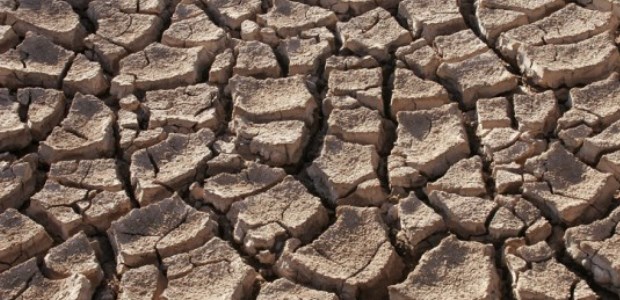
Governor Edmund G. Brown Jr. on Jan. 17 proclaimed a state of emergency and directed state officials to take all necessary actions to prepare in the face of the driest year on record.
Clark County Commissioners have approved John Entsminger for the agency's top executive post. He has been the senior deputy general manager for the district and the Southern Nevada Water Authority.

The Reduction Act calls for reducing lead in new products, new installations, and repairs of systems that deliver drinking water. It takes effect in January 2014.
Various communities in Arizona, Indiana, Michigan, Nebraska, Rhode Island, and South Carolina received $400,000 in grants to help combat water pollution and climate change.
The $1.5 billion Catskill/Delaware UV Facility provides treatment specifically for Cryptosporidium and Giardia microorganisms. New York City officials committed to build the facility in 2002, before EPA issued a rule requiring such treatment for surface water supplies.
Scientists used satellite data and climate model to dispel prior assumptions that Antartic ice melt caused primarily from iceberg calving.
Maryland, EPA, Chesapeake Bay Trust Provide $3.4 Million for Green Infrastructure Program
World Water Council executives assess the city’s ability to host the 2018 forum from August 21-23, 2013
Authors of a recently published study reported their capacity for absorbing salt is better than the current state-of-the-art water treatment systems using activated carbon.
Marafiq, Dow Chemical, and Saudi Aramco chose the company to design, build, and operate what will be the largest ultrafiltration and reverse osmosis desalination plant in the kingdom.
The winners will be honored during WEFTEC® 2013, the organization's 86th Annual Technical Exhibition and Conference taking place Oct. 5-9 in Chicago.
In the July/August issue of The Saturday Evening Post, Barry Yeoman takes a look at the current water situation and discusses what can be done to help protect future generations.
The Interior Department has given a 20-year extension on protecting Oregon’s National Wild and Scenic Illinois River from mineral withdrawal.
During last week’s AWWA ACE13 conference in Denver, Colo., water professionals were asked to consider water conservation in their everyday activities. Attendees were also informed about the issues the Colorado River is facing and how preservation of the river is possible through certain avenues.
According to a new report by Black & Veatch, U.S. utilities are embracing formal asset management, but large-scale capital investment is still needed in order to make a significant impact.
In order to provide safe water through 2030, the EPA has estimated that drinking water infrastructure will need about $384 billion worth of improvements.
Simple and inexpensive residential water tank monitors can offer peace of mind for thousands of concerned citizens in China who are in need of safe and drinkable tap water.
In the United States, 210 million people live near a diminishing water source.
Hydrologic researchers from the USGS found that nitrate from fertilizers takes decades to travel through groundwater and into streams, disturbing the water quality of streams and even large rivers for many more years to come.
A report on the progress of the National Water Census from the U.S. Geological Survey (USGS) has been released to Congress. The census is being developed to deal with the critical water needs that the country is currently facing.